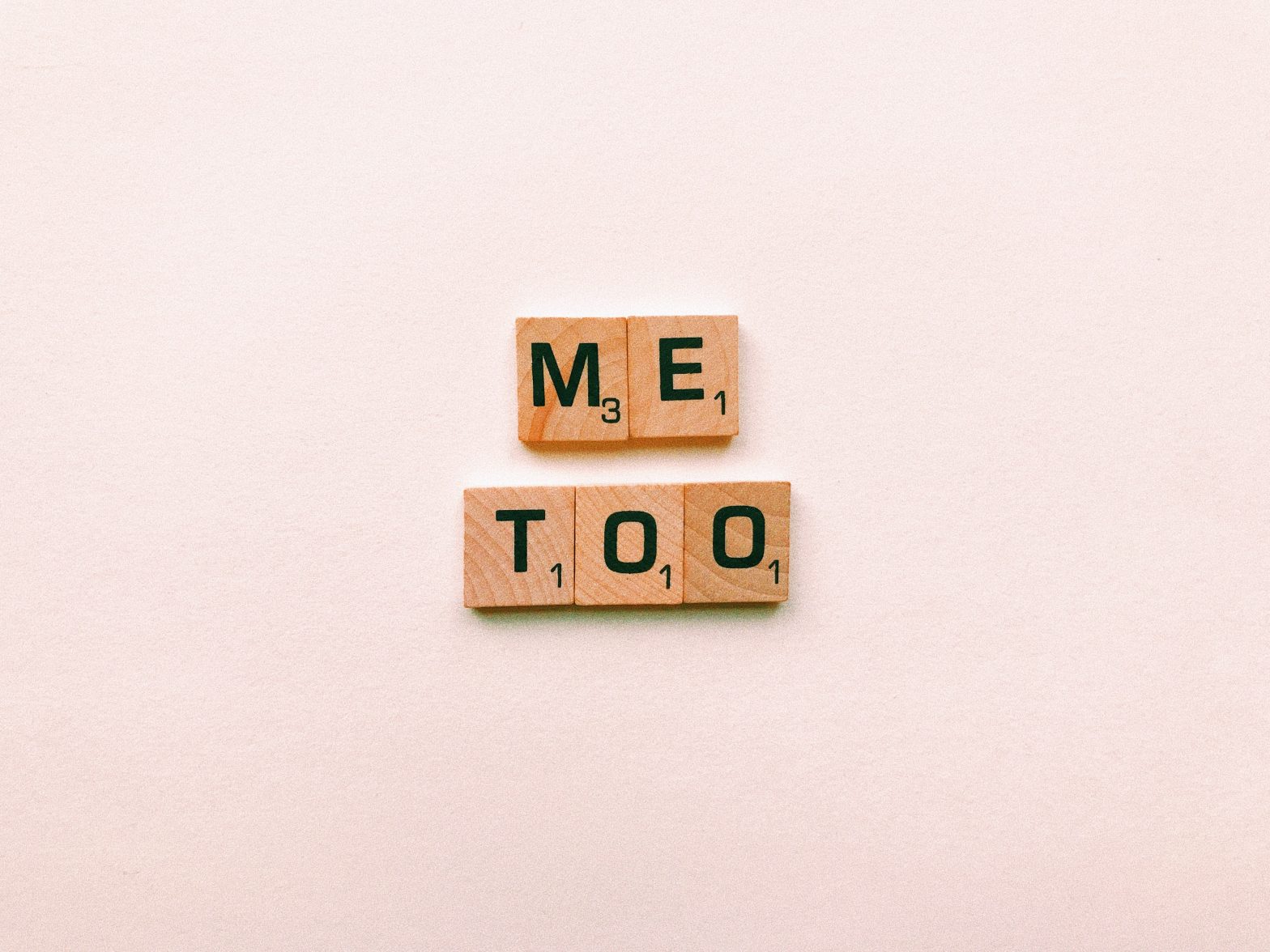In recent decades, amalgamating the attributes of physical activism with the possibilities of modern media technologies has resulted in the formation of a digital space; a space in which celebrities are ‘cancelled’ daily, a hashtag can break the internet and small campaigns can become viral sensations overnight. The power of modern technology combined with the extreme determination of ‘produser’ (Bruns, 2008) campaigners has seemingly rewritten what it means to be an activist in the 21st Century. By definition, activism involves the use of ‘vigorous campaigning to bring about political or social change’ (Oxford Languages, 2021). However, due to the existence of user anonymity, as well as global interconnectivity amongst an array of audience demographics, digital activism opens the doors to more than just evoking positive social change.
There is endless potential for users to create, mostly unmoderated, content in different areas of the media. Social media platforms like Instagram, Twitter and in recent years TikTok have become a hub for the everyday person speaking up about an issue they believe should be rectified. An example being the increase in violence against women in London, or the uprooting of an inappropriate tweet made by an influencer in 2011. Either way, in the eyes of individual users, the magnitude of said issues may be equal in size. Similarly in traditional activism, different demographics use different means to encourage change. However, instead of protesting through cities or sticking leaflets to signposts, modern digital activists seem to favour using hashtag campaigns or spamming politicians with tweets or emails.
Ultimately, when definitively considering the phrase ‘digital activism’, the first, most prominent, thoughts that come to mind are the #MeToo and #BlackLivesMatter movements. Similarly, their originations were both as hashtags and therefore appeared most frequently on social media platforms Instagram and Twitter. In the year following the popularisation of the #MeToo movement, the hashtag itself was used more than 19 million times on Twitter (Anderson and Toor, 2018). This statistic itself was published around three years ago, hence, it can only be assumed the number of uses has risen greatly since. This particular example of digital activism proved extremely effective in outing influential figures from different areas of the media for their sexually-motivated crimes and helping victims feel comfortable enough to speak out about their own experiences.
Nonetheless, there are also occasions in which attempts at digital activism can become misconstrued with acts of personal aggression towards others. Contemporary ‘Cancel Culture’ is a good example of individuals believing they are exposing an influential figure in the Media (a celebrity, social media influencer or an individual with an online presence) for a wrong-doing and therefore encouraging social change. But in actuality, the traction gained from the scandal often ruins the individuals career, home-life and standing in the Media, whether they are actually deserving of it or not. Ultimately, it could be said that the intentions of the ‘cancellers’ are in the right place: demanding social justice and that the ‘cancellee’ take accountability for their actions. However, it does not take into account human error, the ability for someone to make a genuine mistake and be remorseful, or for cases of misunderstanding and misinformation.
It’s needless to say, digital activism continues to provide power to users that did not feel comfortable or understand traditional forms of activism. It allows demographics to feel acknowledged, using globalisation and the power of numbers to bring about change. However, like with many other aspects of the digital media sphere, ethical considerations must be made. Ask yourself, it is really activism? Or is it opinionated boycotting?
References
Anderson, M. and Toor, S. (2018) How social media users have discussed sexual harassment since #MeToo went viral. Available at: https://www.pewresearch.org/fact-tank/2018/10/11/how-social-media-users-have-discussed-sexual-harassment-since-metoo-went-viral/ (Accessed: 6 October 2021).
Bruns, A. (2008) Blogs, Wikipedia, Second Life and Beyond: From Production to Produsage. New York: Peter Lang.
Oxford Languages (2021) Available at: https://languages.oup.com/google-dictionary-en/ (Accessed: 6 October 2021).

